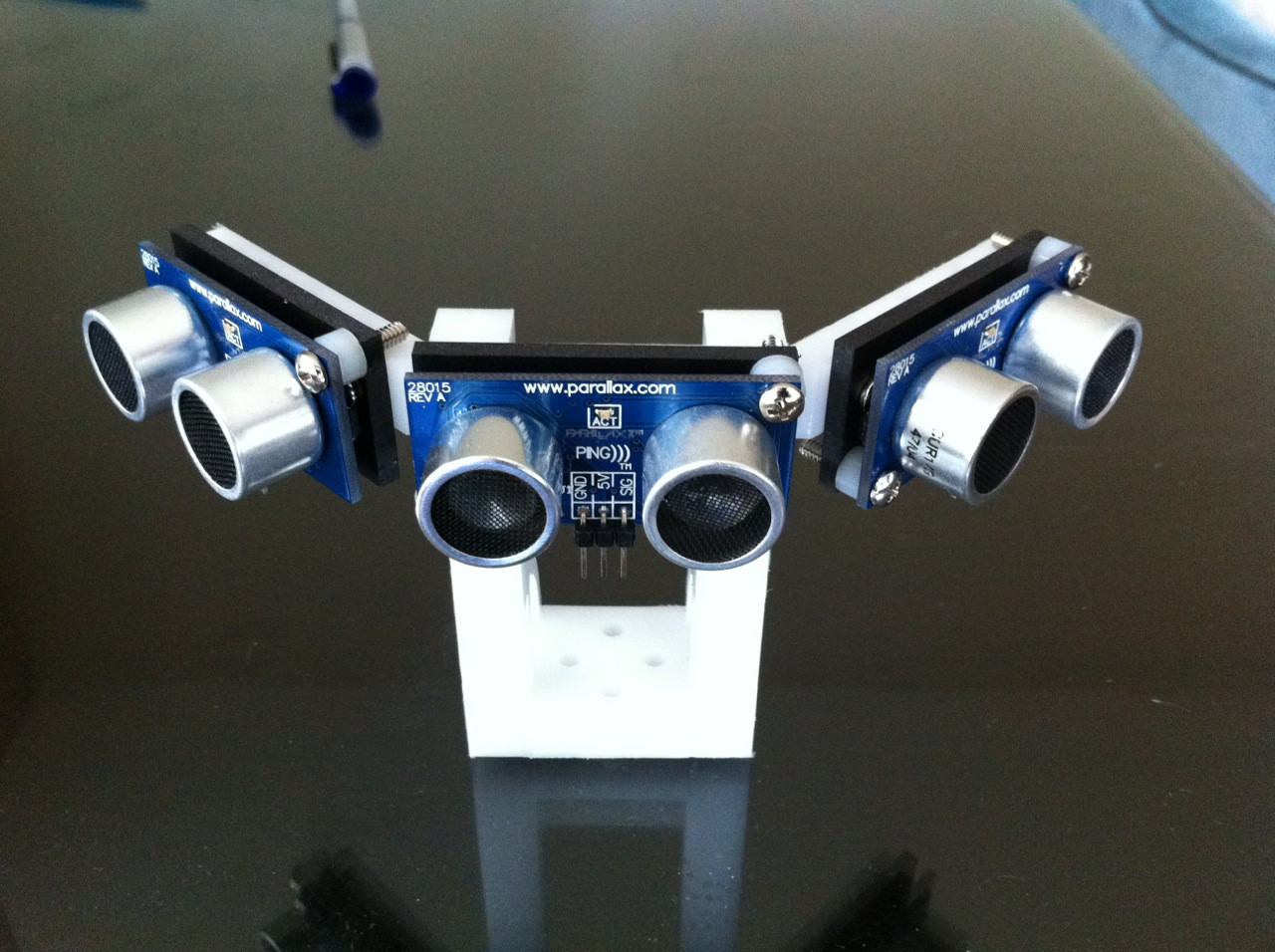Featured
5% off
Description
A Fire Fighting Robot is an autonomous or remotely operated
robotic device designed for the purpose of extinguishing fires or mitigating
the effects of a fire in hazardous environments. These robots are used in
scenarios where human firefighters may be at risk or where it is difficult for
them to access a fire. Here's a detailed description of a typical Fire Fighting
Robot:
Components:
- Chassis:
The chassis is the physical structure of the robot, often designed to be
fire-resistant and rugged, with wheels or tracks for mobility.
- Sensors:
- Fire
Detection Sensors: These sensors can detect the presence of flames,
heat, or smoke. Common types include infrared sensors and thermal
cameras.
- Gas
Sensors: Gas sensors can detect hazardous gases, such as carbon
monoxide and carbon dioxide, which are produced during a fire.
- Ultrasonic
or Infrared Sensors: These are used for obstacle detection and
navigation in smoky or low-visibility environments.
- Water
or Fire Suppression Mechanism:
- Water
Hose or Nozzle: A water hose or nozzle is used to spray water or
fire-extinguishing foam onto the fire.
- Water
Tank: The robot typically carries a water or foam tank, depending on
the type of fire it is designed to combat.
- Pump
and Valve System: This system controls the flow and pressure of the
extinguishing agent.
- Navigation
and Control System:
- Microcontroller
or Computer: The brain of the robot processes sensor data and
controls the robot's movements and actions.
- Wireless
Communication: Allows remote control or communication with human operators.
- Power
Source:
- Batteries
or a power source that provides the necessary energy for the robot's
operation.
Working Principle:
- Fire
Detection: The robot's sensors continuously monitor its environment
for signs of a fire, such as flames, heat, or smoke.
- Navigation
and Mapping: The robot uses sensors to create a map of the
environment, including the location of the fire and potential obstacles.
- Obstacle
Avoidance: The robot's obstacle detection sensors help it navigate
around objects or debris to reach the fire source.
- Fire
Suppression: Once the robot reaches the fire, it deploys its water
hose or nozzle to spray water or fire-extinguishing foam onto the flames.
The water or foam is stored in the onboard tank and is pressurized by a
pump.
- Real-time
Control: The robot's control system operates in real-time, allowing it
to make decisions on the fly, adjust its approach, and extinguish the fire
effectively.
- Remote
Operation: In some cases, the robot can be operated remotely by
firefighters or operators who can monitor the robot's progress and make
decisions based on the robot's sensor data.
Advantages:
- Safety:
Fire Fighting Robots can access hazardous fire situations, reducing the
risk to human firefighters.
- Efficiency:
They can operate in challenging environments, such as confined spaces or
areas with limited visibility.
- 24/7
Operation: Robots can work around the clock, providing continuous
fire-fighting capabilities.
Limitations:
- Complexity:
Developing a fire-fighting robot with the necessary capabilities is a
complex engineering task.
- Limited
Autonomy: In some cases, these robots still require human intervention
and decision-making.
- Operational
Costs: The cost of designing, building, and maintaining fire-fighting
robots can be substantial.
In summary, Fire Fighting Robots are valuable tools for
modern fire departments and emergency responders. They are designed to enhance
safety, efficiency, and effectiveness in combating fires, especially in
situations where human intervention may be difficult or dangerous. These robots
play a crucial role in fire-fighting operations, helping to protect lives and
property.


